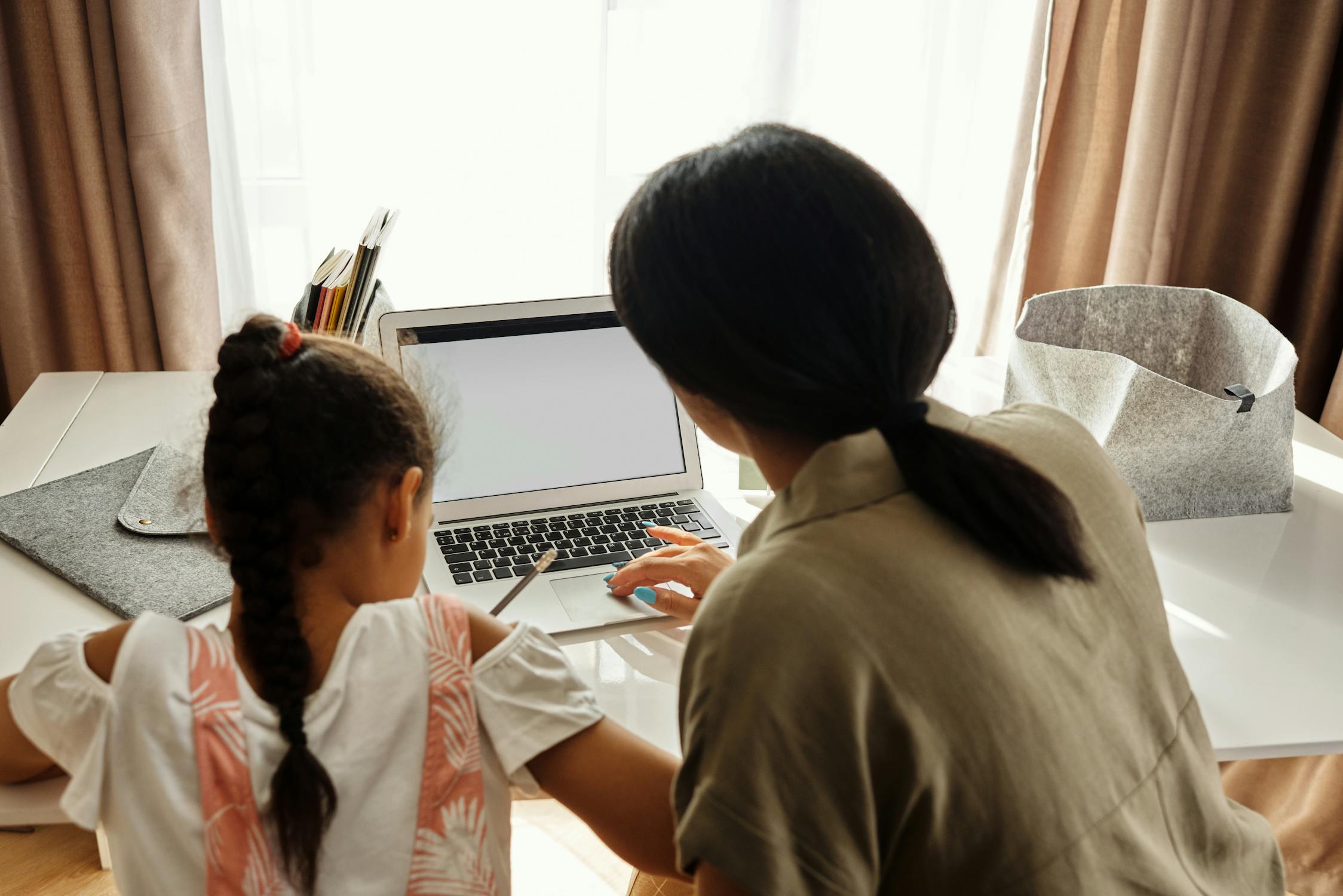
Should Students get limited access to the Internet
Schools across the country are struggling to find the right balance of technology in the classroom. On one side, there are many benefits to having technology in the classroom. It helps engage students, allows teachers to assign more work and gives students access to more information.
However, there are also some dangers to having technology in the classroom. Students can become distracted and can cheat on tests if they have access to the internet. Some schools have decided to limit the amount of time that students can spend on the internet in class.
Schools are struggling with how to deal with growing access to the internet. With more and more devices getting online, schools are looking for ways to limit student access to the internet. This is especially a problem during the school day when students should be focused on their school work.
There are a number of ways schools can limit student access, but it is not an easy task. One way to limit access is through filters, but these can be easily bypassed. Another way to limit access is to install monitoring software on all devices, but if a student uses a piece of equipment such as a USB drive to bypass these security measures, then this method is less effective.
There are times when teachers require their students to be on school computers during specific hours of the day. These times may be during special programs that students are not allowed to skip, or if a student is participating in a homework help program. Using a cellphone, tablet or computer with internet access during these times is not allowed, unless it has been approved by the teacher.
These are just a few examples of internet filtering or monitoring in the school setting. These solutions do not guarantee that all information will not be accessible by students. The fact that schools use filtering software means that students are still able to access information. This raises the question: should all schools have filtering software installed on all devices?
A recent study that focused on blocking online content in schools, published in Child Development, addressed whether schools should be implementing filters. The researchers interviewed teachers, students and parents at several schools that used filtering software. The key findings of the study were that most students did not mind using the filtering software, and that teachers were generally supportive. These are encouraging signs that technology does not have to negatively impact learning environments, although it is important to keep in mind that some students may feel uncomfortable using it, because they do not feel that the content they are accessing is appropriate.
Tolerance vs. filtering
The moral issue of whether schools should allow students to have a choice of whether to access certain content online is often overlooked. In many instances, students are given access to these online classes or classes on devices and they simply do not want to.
In cases where students do object to participating in an online class, teachers and school administrators should always try to accommodate them. The behavior of a student, including their response to online content, is a choice. It is the students’ choice to attend class, sit in a desk, or stand or walk at the back of the room during lessons. And these are just a few examples of appropriate behaviors for students in a classroom. Students have the choice to express their feelings, thoughts and opinions when they are outside of the classroom as well.
When it comes to online content, parents should encourage their children to think about what they read, watch, listen to and share online. Encourage them to think about how these online interactions will impact their lives in the future. Consider having conversations with your kids, asking them to explain why they are doing something online, and to use examples from their daily life to illustrate their points. Children can learn how to think critically, how to use critical thinking, and how to make ethical decisions.
The media literacy movement teaches young people to think critically about the information that they consume on social media and the internet, and what it means for their lives. To prepare young people for a future where they will be responsible for navigating the web, they need to learn how to critically evaluate online content.
The responsibility to protect
This responsibility lies with the school district and district leaders. Teachers and school administrators should be working with the students to create a safe and supportive learning environment for all. This includes creating a culture where all students feel comfortable expressing their thoughts and opinions, and where they feel that they are supported and respected. To do this, educators and school administrators need to create a safe and respectful classroom environment that promotes learning.
Several of the filtering software providers whose products are found on school computers or used in the classroom specifically address this issue in their privacy policies. These terms allow schools to choose to turn off the filtering software on a case-by-case basis, and students can always still access the content. The bottom line is that the student’s needs have to come first, especially when it comes to basic rights and freedoms.